
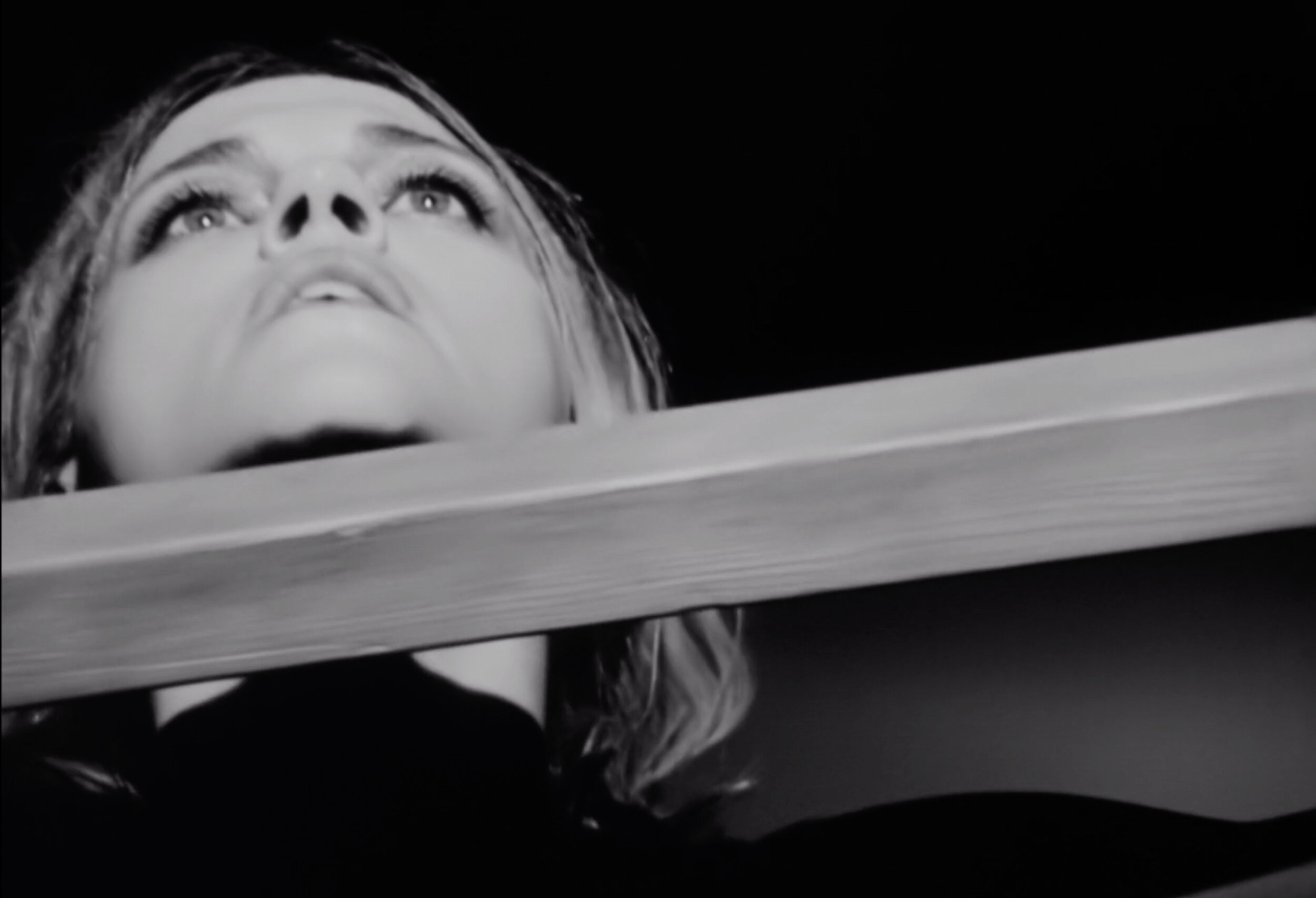
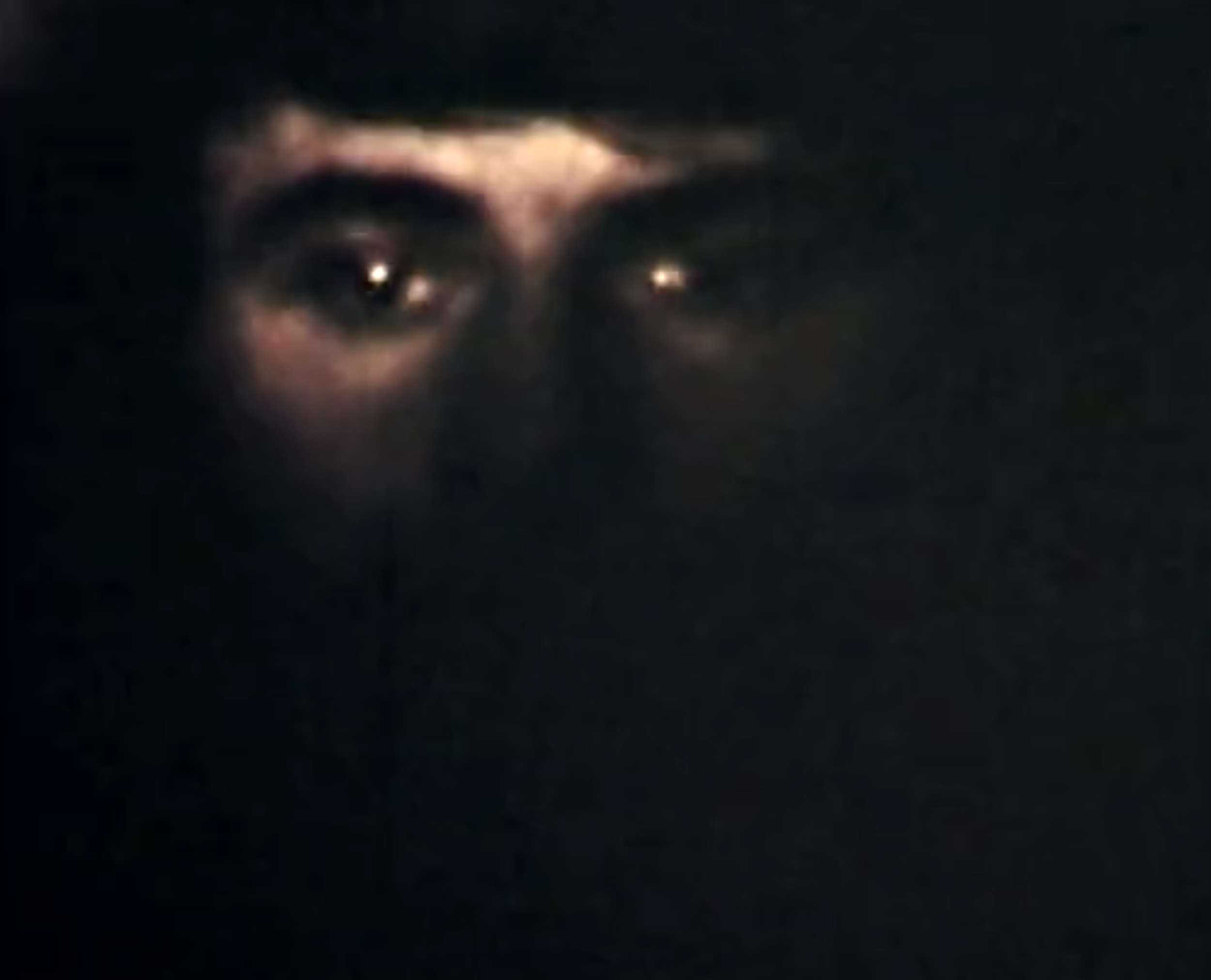

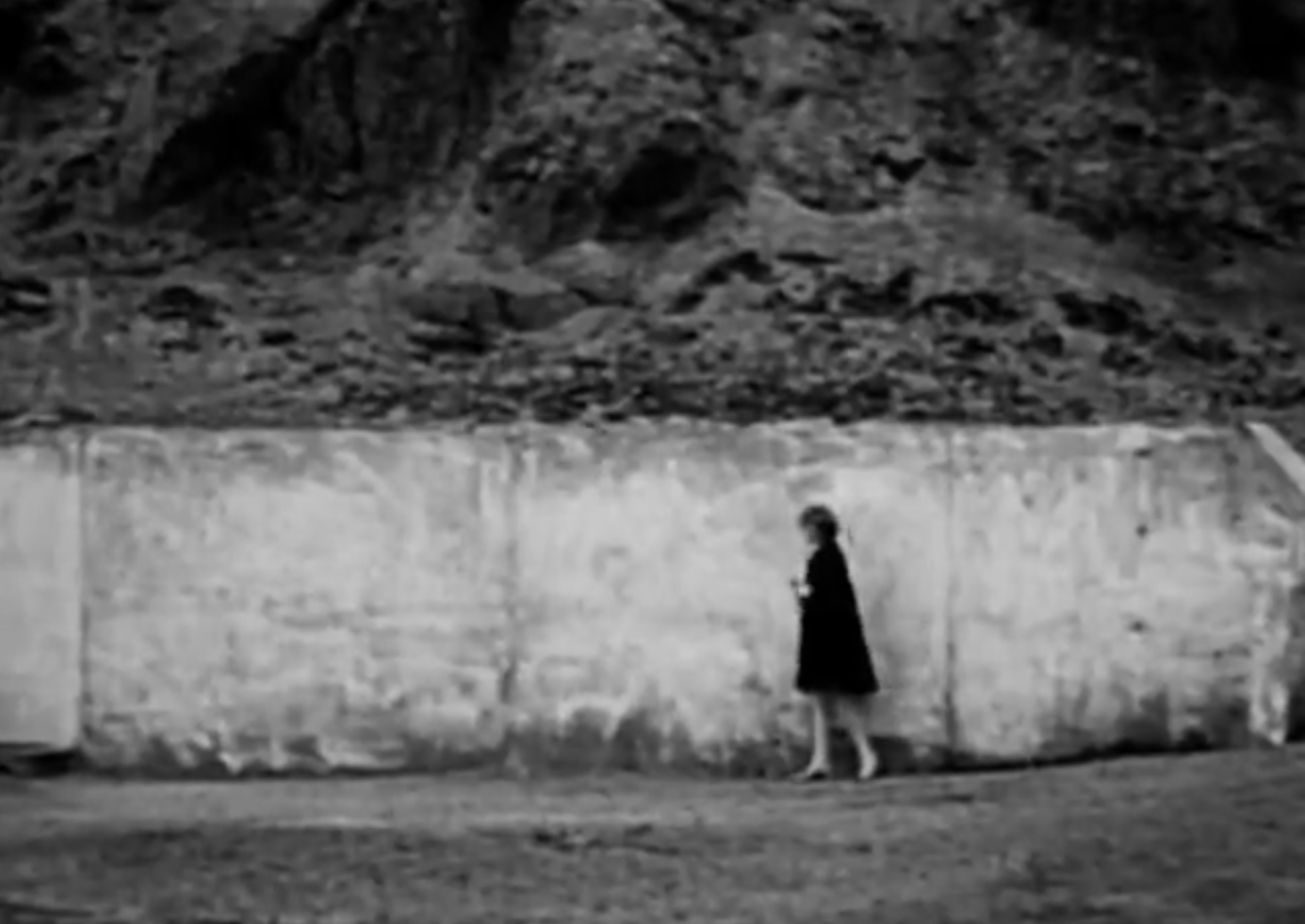

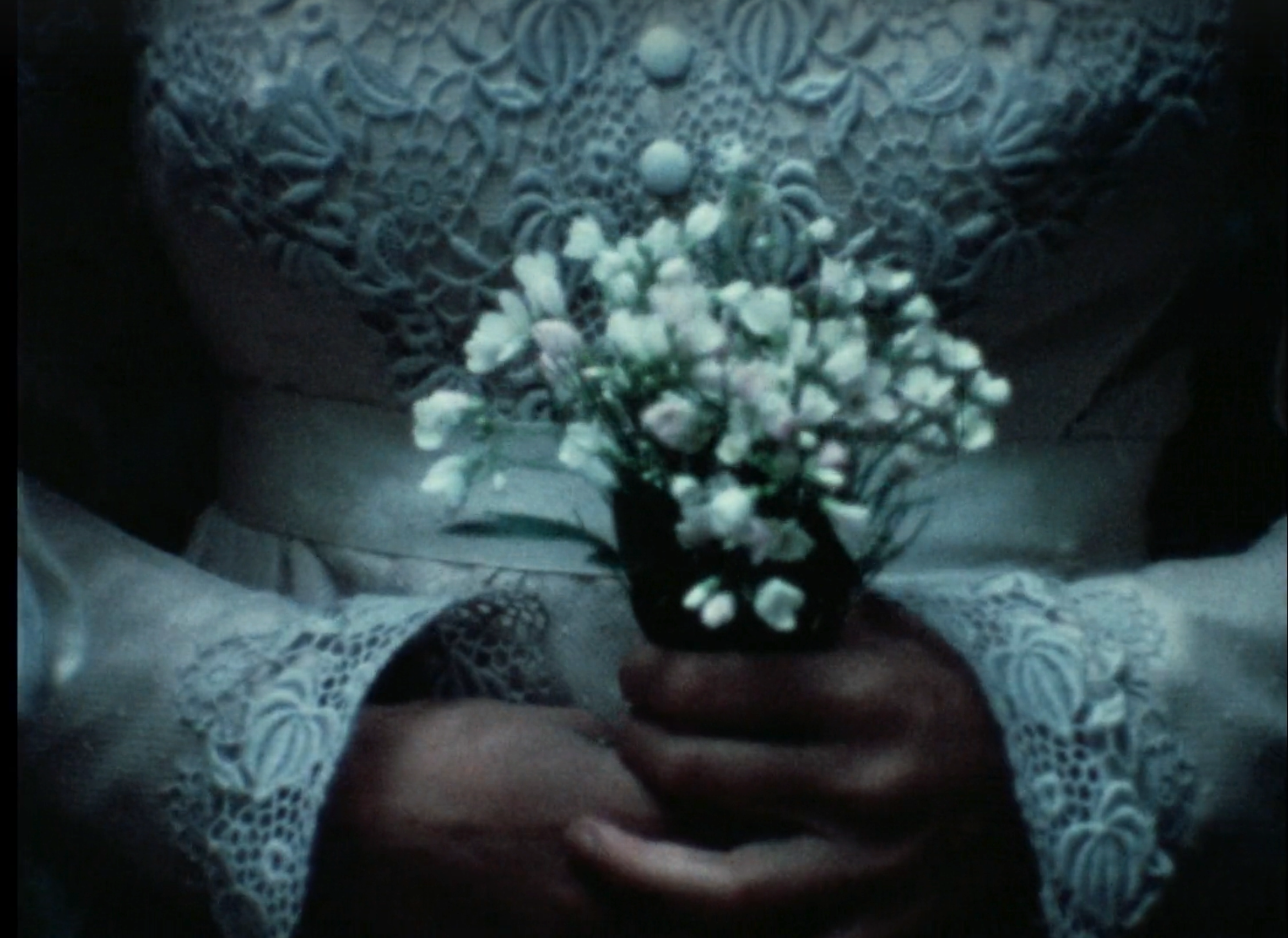
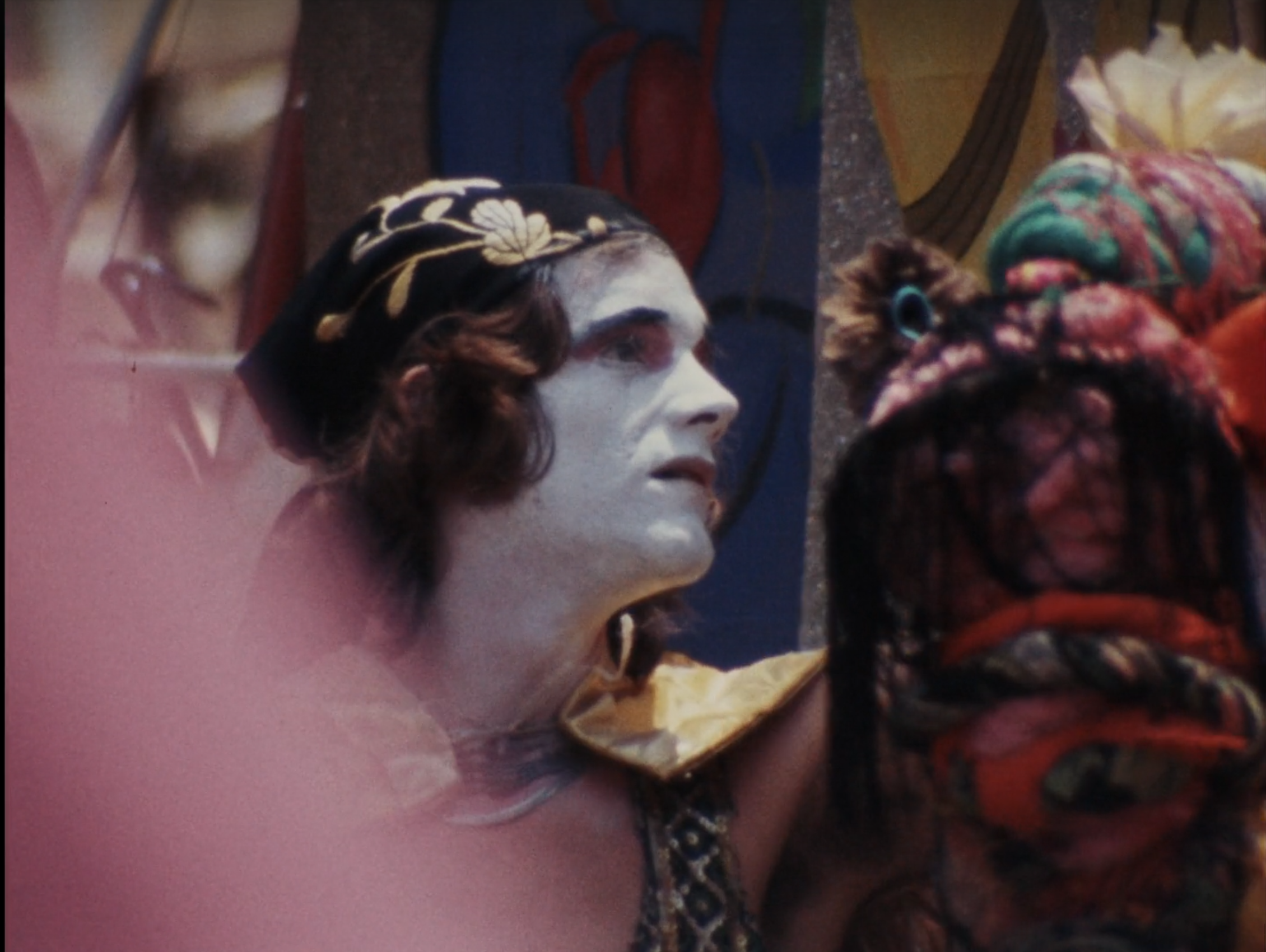



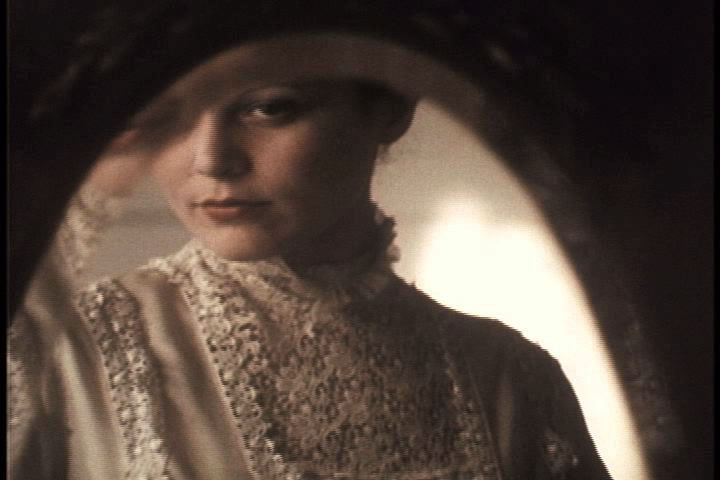
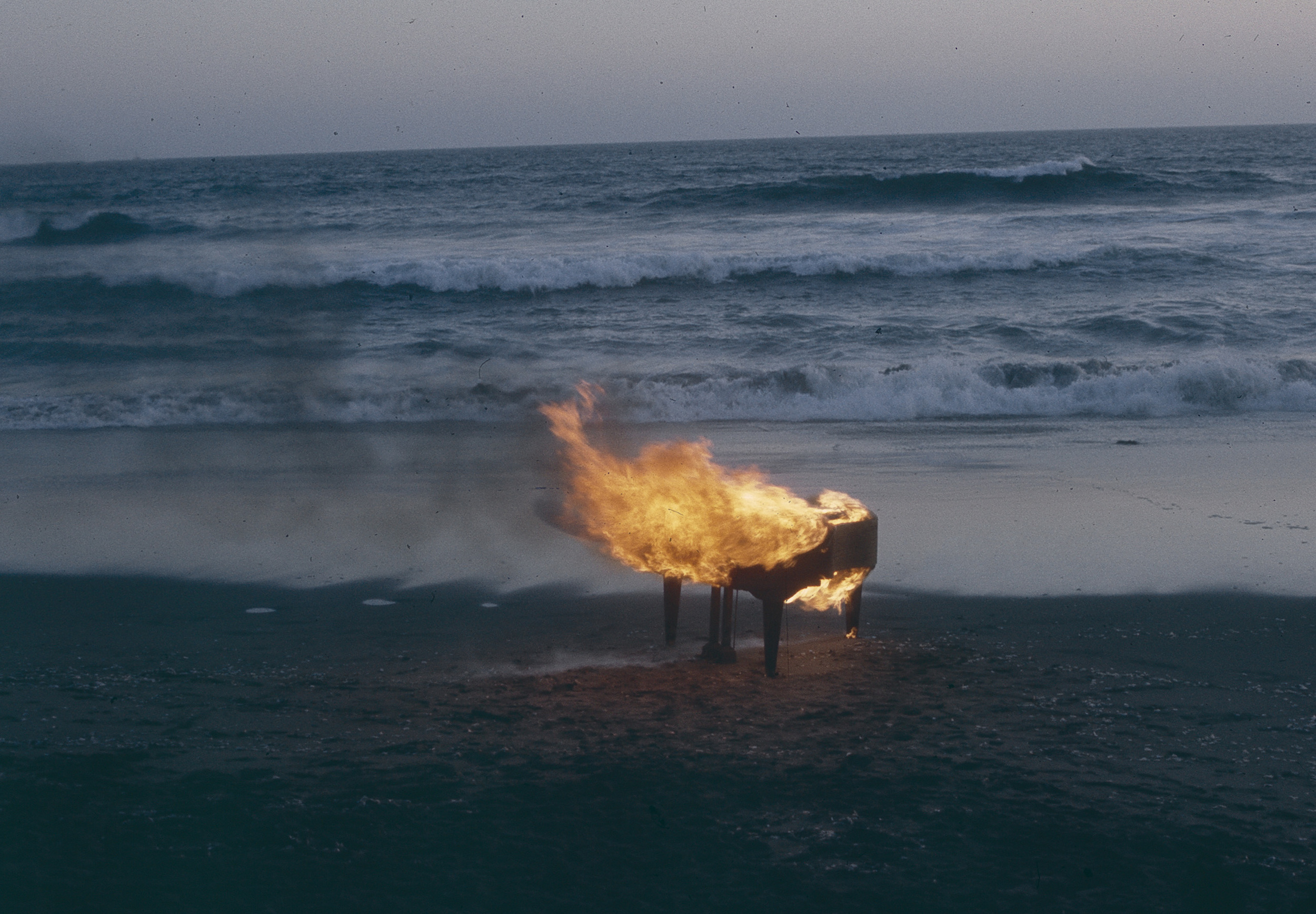
Your Custom Text Here
You will not see his name in the credits of the latest Hollywood blockbuster, though he has worked with his share of movie stars. His films were not funded by big-time producers and entertainment studios, but they have managed to change the history of opera stage presentation and underground cinema. His movies did not bring him billions of dollars and an army of fans, but they have become a part of the legacy he now shares with the younger generation.
Ronald Chase has worked seriously in painting, photography, cinema, opera design, and most recently, education – embracing everything that made him passionate about creating. Born in Seminole, Oklahoma, a small oil town, he was always hungry for art which was severly missing in his small town upbringing. It is this passion that encouraged him to leave for New York – the magnet for ambitious dreamers. There Chase entered Bard College, where he spent his days studying dance, directing, and design. Dancing his way through Europe (the Jose Limon Company), Chase embraced painting. Painting led him to photography, which, in turn, sparked his interest in film making.
Like one of his personal favorites, Federico Fellini, Ronald Chase prefers showing rather than telling. His films contain hardly any dialogue at all. Rather, they are focused on the power of visual imagery to evoke emotions, with a heavy accent on movement and inter-cutting. Visual perception and symbolism that first seem incomprehensible make perfect sense once you let go of your inherent stereotypes and open your mind to his unique way of telling complex, emotional stories.
With his work, Chase has proven that you don’t need a billion-dollar budget, complicated equipment, expensive makeup and costumes, A-list actors, and a crew of a thousand people to tell a story that might touch deep associations in peoples emotional life. Rather what you need is strong vision, a perspective slightly different from the usual, and a few partners in crime devoted to art just as much as you are. His artist's eye used slim budgets to great effect. He wanted these small underfinanced films to look polished and like films which had five times the budget–– Chase filmed and edited his own work and used amateur actors, stolen venues, and natural sounds instead of flashy scores – these "drawbacks" are seldom noticable and often reap large rewards.
Here you can see some of his best films. They were never on a big screen. Their names never graced the marquees. They don’t go with a bucket of salted popcorn and a bottle of coke. They were not made for entertainment. They are meant to provoke deep thinking, evoke excitement and passion and broaden your horizons beyond the boundaries of the ordinary. Only recently (2019) four films that were thought lost have been found and restored. If you are genuinely interested, start with Chameleon and work your way toward Fantasia on the Childhood of Busoni and then turn to the features to see the natural evolution of Chase’s film art as well as the transformation and maturing of his vision.
590 Tahoe Keys Blvd, South Lake Tahoe, CA 96150